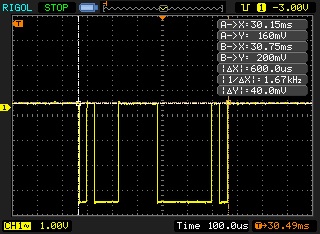Some snippets from BOSS RC-50 Loop Pedal:
– At software version 1.0 the MIDI sync is quite useless and it’s not working as promised. See following discussions/links:
- http://forum.ableton.com/viewtopic.php?p=725255&sid=4ef406981f91b3c9fc3feb2b92b4db2d
- http://www.fretbase.com/blog/2009/02/boss-rc-50-loopstation-flawed-but-glorious/
- http://www.em411.com/forum/8555/1/242445/Boss_RC50_looper_midi_sync_with_laptop.html
- http://reviews.harmony-central.com/reviews/Effects/product/Boss/RC-50+Loop+Station/10/1
– MIDI CC (Control Change) command can be used to control the pedal in some ways. Setting tempo is quite bizarre, the value (0..127) is not linear to tempo. Some measurements (first value is the third byte aka second CC value, where CC#1 consists of bytes 176+1+BPMvalue and CC#80 is 176+80+127 where 127 is constant since RC-50 doesn’t take any values in CC#80 messages) :
- 127 = 250.1 BPM
- 115 = 230.1 BPM
- 80 = 172.2 BPM
- 40 = 106.1 BPM
- 10 = 56.5 BPM
– Touching the wheel selector changes your patch and you will loose all phrases without warning. This is quite nasty. This happends even you set the patch range to 1..1. When you touch the selector wheel the patch doesn’t change but it resets the patch to what you haved saved before.

